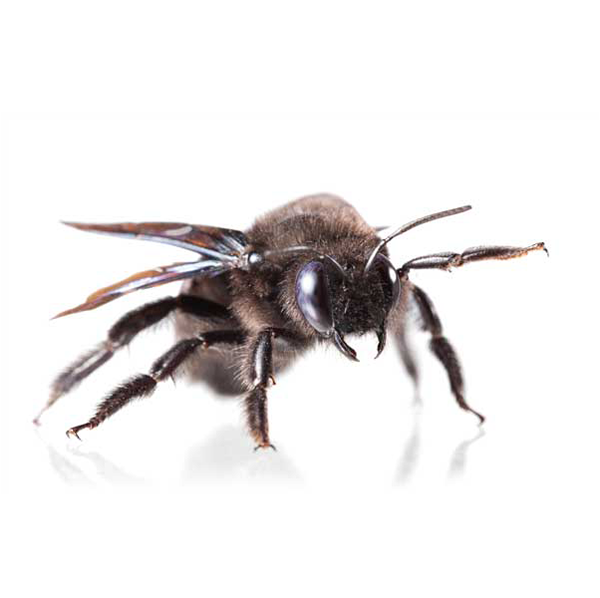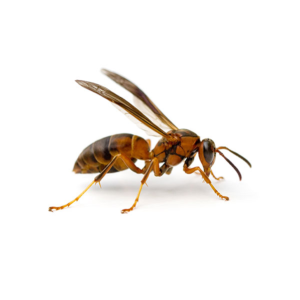Carpenter Bees in Atlanta, GA
Carpenter bees, named for their wood-boring tendencies, create chambers in wood for their offspring. They stand among the largest native bees in the U.S., sharing that title with bumblebee queens. These bees are widespread, spanning from the southern states of Arizona to Florida, and in the eastern region reaching as far north as New York. They don’t consume wood, yet their excavation of tunnels in dry, weathered lumber can damage structures.
Carpenter Bee Habitat
Carpenter bees are solitary insects, each creating their own nests in trees, eaves, or building sides. During winter, both males and females rest within old nest tunnels, emerging in spring for mating. After mating, the female chooses a suitable wood piece to carve a nest, while the male hovers near potential nest sites. Using her mandibles, the female constructs a gallery, fills it with “bee bread” (a mix of pollen and nectar), lays an egg, and seals the cell with chewed wood pulp. Signs of a carpenter bee presence often include piles of sawdust and pollen beneath the area they’re excavating.
Carpenter Bee Behaviors, Threats, or Dangers
Female carpenter bees are usually non-aggressive but may sting if threatened. For individuals allergic to bee venom, prompt medical attention is necessary if stung. Males lack a stinger but are defensive around their nests. Despite their role as effective pollinators, carpenter bees pose a risk to structures. They target windowsills, wooden siding, decks, railings, outdoor furniture, and fences. While the harm caused by a single bee’s excavation might be minor, the cumulative impact of multiple bees over time can lead to significant damage. If a carpenter bee infestation is suspected, please contact a bee professional.





